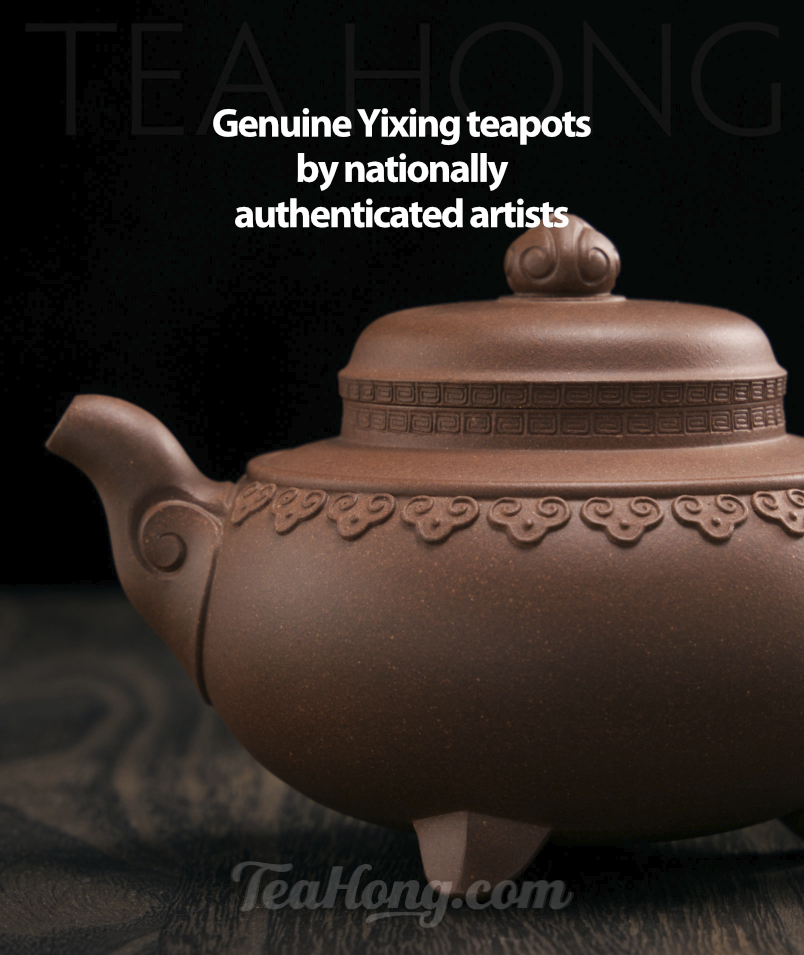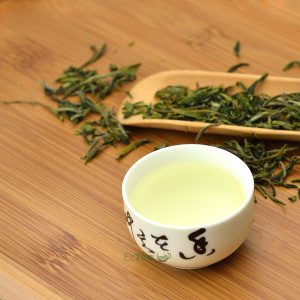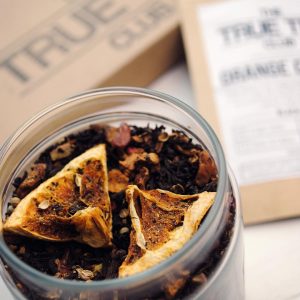Black Tea: Tasting & Buying Tips
- 3 grams of Orange Pekoe
- 3 grams of Gold Stallion Gongfu Black tea
Gongfu Blacks and some orthodox productions are a lot bulkier than the broken leaves that some people may be used to. Therefore, the “one teaspoon of tealeaves to the cup” idea may not quite work. You may want to begin with 3 grams per cup to start with. Check out our “Measurements” chapter for details.
Tasting notes
Contrary to popular notions, not all serious tea drinkers oppose to adding sugar and milk to black tea. I do, however, drink it straight myself, most of the times. A fine tea properly infused does not require the service of a sweetener to make it enjoyable after all.

When you need to add milk or cream to your tea, make sure you choose a stronger character tea and adjust the infusion strength for the added volume and taste distraction
If, when the tea quality is less than ideal, or the strength of the infusion is too much, and you need to use sugar, choose a low taste one, like white crystal or plain white sugar. The taste of raw sugar or honey is a little strong and does alter the taste of the tea quite a bit, unless that is what you want when you are making a special recipe. Another reason for these over white or brown sugar is that they don not give you that mouth drying feeling afterwards.
If you are using milk or cream, make sure you make your tea a little stronger to compensate for the added volume and the taste distraction.
Black tea can be enjoyed cold, although I do not quite recommend the idea. There are some selections, however, that may turn ‘milky’ when let cold or if chilled rapidly. This is a natural temporary precipitation formed by the bonding of caffeine and some of the flavonoids. Contrary to certain opinions, this is not an indicator of quality, just a certain ionic stage of the formation substances. It happens to both broken grades and fine teas. It is rather dependent on the type of cultivar used in the production and the pluck quality. The tea clears up when the temperature rises, but is perfectly drinkable as is. Some people put tealeaves and cold water and let infuse inside a fridge, i.e. cold infusion, to avoid this “cream-down” effect. I do not really recommend this approach because the tea really loses its character from this. Choose a naturally low caffeine black tea instead. Some selections in Fujian blacks are particularly good in this aspect.

The taste of black tea can range hugely. Nevertheless, it is a much better drink than most alternatives. Check out the “Health Benefits of Tea” chapter. Above: Hot lemon tea with noodles.
Read the “Health notes for Black Teas” page to read my concerns and suggestions in serving cold black teas. Oolongs that are high-fire finished (e.g. double baked Tieguanyin, re-baked Fenghuang Baxian etc) and truly post-fermented teas are actually more suitable to make iced tea with than black teas.
Buying tips
The quality and character of gongfu “black” tea productions vary from one producer to the next. Most break down the historical process into finer steps and mechanize those that would not affect final quality. Producers understand that a more careful fermentation will give them more complex aromas and finer tastes. The leaves are a lot more carefully and tightly curled, in some productions both before and after fermentation. Unlike machine produced products, the annual yield of Gongfu Blacks is relatively low. They are rarely available in the tin in the supermarket. Mass market products from the same origins with the “Congou” or “Gongfu” label are misleading sometimes. Please refer to the Tea Selection Reviews in this website for clarification.












